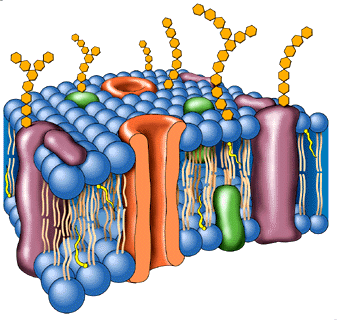Team:Valencia/Modelling
From 2009.igem.org
(→Modelling) |
|||
| Line 1: | Line 1: | ||
| + | {{Template:Valencia09iGEM}} | ||
| + | |||
| + | |||
| + | |||
| + | <div align="justify" style="position:relative; top:-5px; left:70px; width:500px"> | ||
== '''Modelling''' == | == '''Modelling''' == | ||
| - | + | ||
<span style="color:black; align:justify; font-size:10pt; font-family: Verdana"> | <span style="color:black; align:justify; font-size:10pt; font-family: Verdana"> | ||
Revision as of 15:39, 12 August 2009
Modelling
Our aim in this part of the Project is the development of a model which describes how intracellular calcium concentration changes in time when we apply electrical stimulation, this is, a potential difference across the plasma membrane. We have considered very interesting to make different approaches to this problem: on the one hand, a deterministic model of the calcium influx through the voltage-dependent calcium channels (VDCCs) of excitable cells (neurons and muscle cells) and yeasts -based on the Hodgkin-Huxley model modified by Koch et. al.-, and, on the other hand, we have included stochastic methods for a further study of these gates, particularly of its activation/inactivation. We are working hard to offer you this model in an easy and clear way, also trying to allow you to interact with the system.
What are VDCCs?
Living cells are surrounded by impermeable membranes containing specialized proteins providing for exchange of various atoms and molecules between extracellular and intracellular spaces. Two basic mechanisms of transmembrane transport have been recognized: carriers and channels.
We are also going to reflect on the perception that different groups of people, from a variety of educational levels and professional areas, have of Synthetic Biology. For this reason, we have made a survey that has already been published that we are sure will be of interest.
iLCD will be a major advance in Synthetic Biology, opening the field of Green Electronics, integrating electrical signals with cell behaviours. This will reduce the response time of the cells to the activation signal by up to two orders of magnitude, as well as foster the combination of Electronics and Biology.
 "
"









